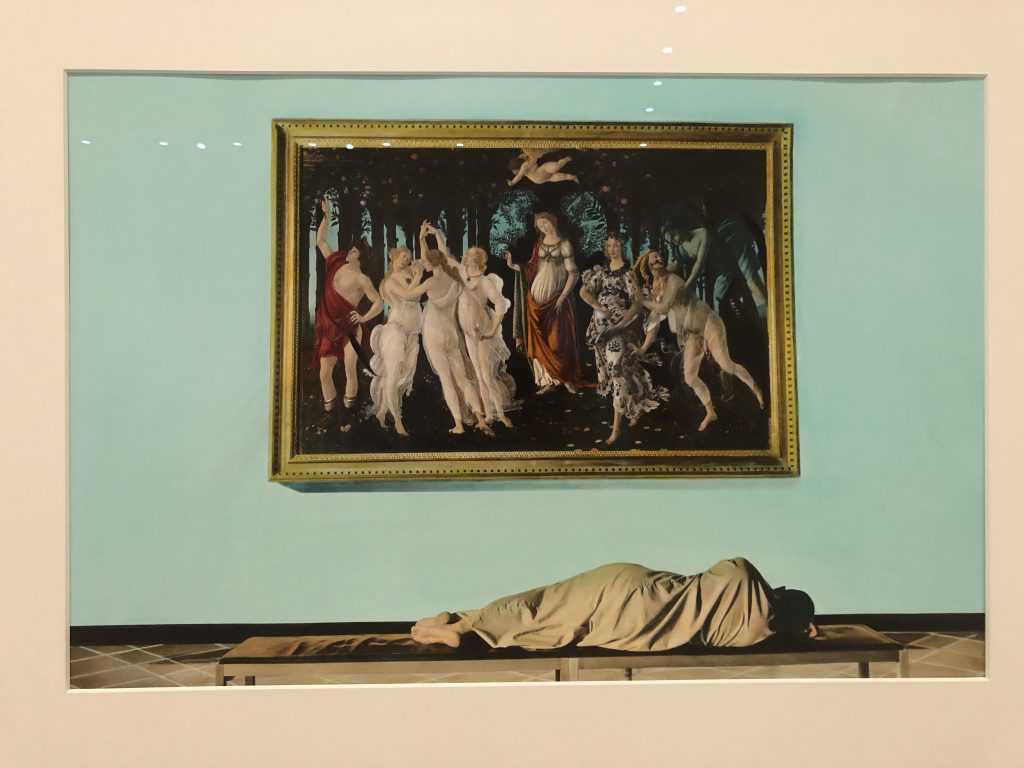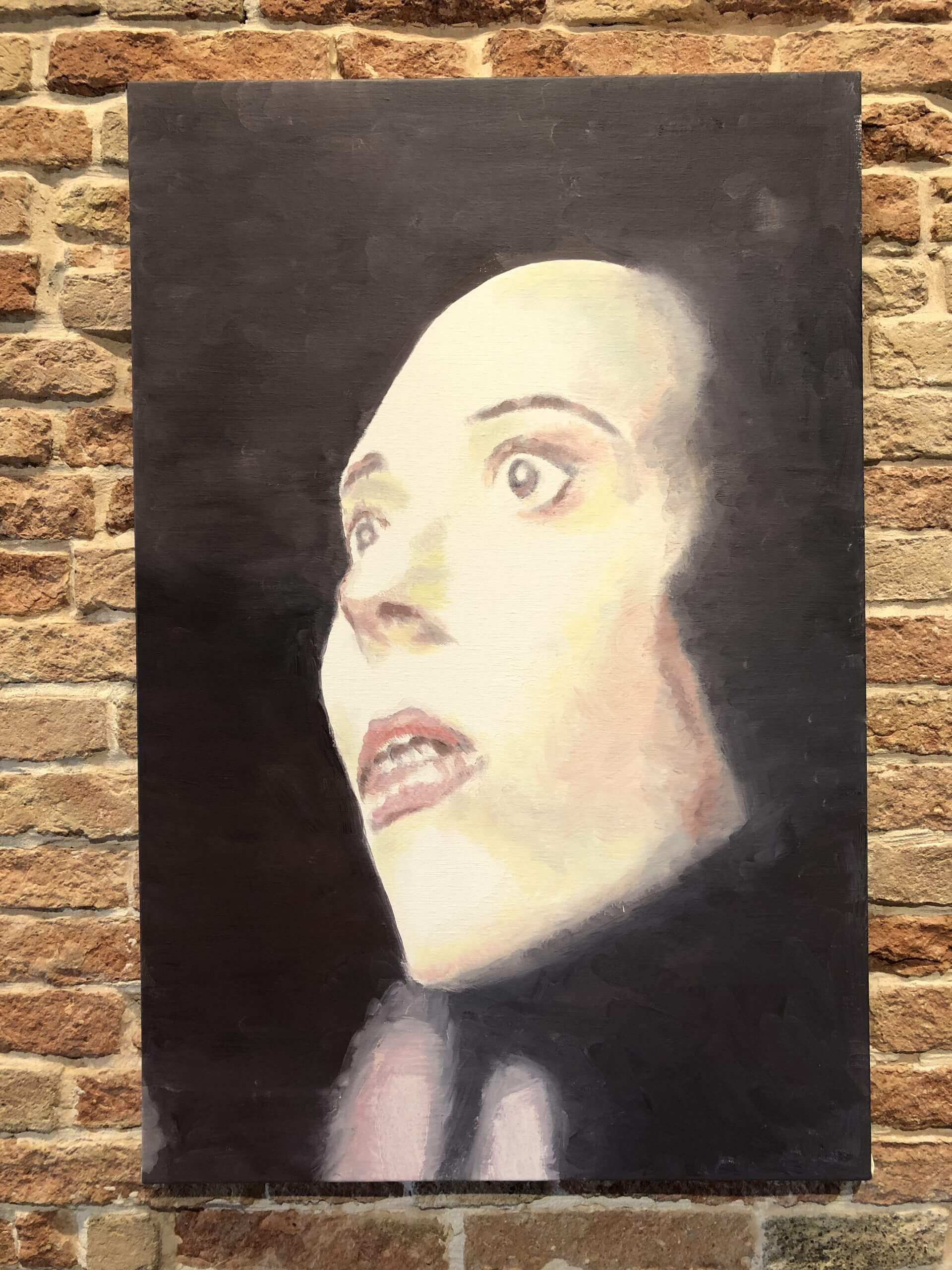 Museums and the Digital
Museums and the Digital


2020 was quite a year. Strange, complicated, scary, different. Obviously our experiences differ depending on our socioeconomic position, ability to work from home, place of residence, capability to deal with uncertainty and so on. Yet, at least in my fairly well off, highly educated international bubble covering a relatively wide geographical area from New York to Shanghai, there seems to be quite a bit of room for shared COVID-19 experiences communicated mostly via memes from then dramatic border closures and lockdowns to adapting to life with face masks and from summer’s optimism to second and third confinements. Amongst Netflix recommendations, home workouts and random Houseparty rendezvouses, we watched our lives taking a deep digital dive as almost all of our activities arrived at what we thought we already knew so well: the online.
Soon my circle, composed mostly of people for whom art and museums are a weekly if not a daily activity; we work at them, research them, enjoy them, debate them, realised the institutions we so deeply adore, yet not always agree with, are absent from our lives. At first it seemed understandable. It must be very difficult to translate museums’ physical activities into the digital space. If I struggled to transition from my beloved physical office to the kitchen table, I cannot even comprehend how hard it is to try to metamorphose the very essence of museums, in most if not all cases built on physical, authentic objects and artefacts. Suddenly it felt that museums were trapped by their very own ethos, carefully founded on the mantra they had been repeating decades if not hundreds of years: nothing compares to the real, authentic and physical: the actual objects, artefacts and artworks.
Then we ended up in a scenario absent from most risk management plans: a full closure of institutions. At first having access to museums and art did not seem that important – we were busy hoarding toilet paper or making fun about those who did. Soon, however, it became evident that what we actually needed were museums. With their historical depth and width they could provide us with context and relief. When I felt scared and lonely, all I wanted was to know more about previous pandemics, the strength of humankind and the kind of stories that highlight our resilience. I also wanted to escape, feel beauty and see something else than the same English park I strolled religiously for one hour every day no matter the weather.
During this time, most museums were adjusting their virtual, online and digital presence. I began to see various online and virtual exhibitions and Instagram tours. Masterpieces were highlighted and collections opened up. It felt simultaneously lame and exciting. Was I really going to go on a virtual exhibition tour? Had Instagram turned into the most accessible museum of all times? For a while I had the energy to wind down after a day full of Zoom meetings by attending various digital soirees: exhibitions here and there, collection databases, virtual tours. After a couple of weeks I was fatigued by being online all the time. I also began to question the way some museums handled their digital activities. I say this all my love and commitment to museums: simply showing photos of your collection online is not enough.


Being relevant in the digital space was not easy in the pre-COVID-19 world, and it most certainly is not easy in our current reality. Digital transformations require strategy, vision and leadership, and they do not come cheap. Yet, they are full of possibilities as the Louvre Abu Dhabi and NYU Abu Dhabi’s recent Reframing Museums online symposium reminded us yet again.
In order to survive in this new world, museums must rethink their relationship to the digital. How to turn passive scrollers into active participants? How to translate scholarly research, the backbone of most exhibitions, into the online space? How to best execute the institution’s mission in and through the digital?
My unsuccessful encounters with some museums in the digital space does not, of course, mean that all museums are doing a lousy job. On the contrary, there are some fantastic examples of museums excelling digitally. Some institutions have been building an exemplar digital culture that goes beyond the mere social media or creating #bornonthisday type of content. Other institutions created a fantastic digital programme during the lockdown, think for instance NYU’s Grey Art Gallery and Sharjah’s Barjeel Art Foundation’s Taking Shape: Abstraction from the Arab World, 1950s-1980s, that presented a number of engaging talks after museums and exhibitions were ordered to close down in New York. Perhaps somewhere therein lies one of the greatest lessons of this pandemic: whilst the real and the authentic form the core of museal activities, museums do not necessarily need to focus on objects and artefacts when navigating the digital, but scholarship and ideas. Whilst we all love to see art and visual representations of history, the stories behind the ‘real stuff’ are equally, if not more fascinating, and for that the museums’ possibilities are endless.


 Museums and the Digital
Museums and the Digital 

